Employees are increasingly at risk of economic abuse as the cost of living crisis continues to take hold, and employers have a responsibility to look after their wellbeing on this front. The fact that only 5% have introduced a specific policy, or guideline on domestic violence, including economic, suggests that employers don’t know where to start with this sensitive issue.
So, in this feature, we’ve rounded up many practical examples of what employers can do to support their employees who are facing economic abuse, an often overlooked aspect of abuse. This is much more widespread, at all socioeconomic levels, than you might think; it’s experienced by 95% of domestic abuse sufferers, according to Surviving Economic Abuse, and Refuge estimates as many as 39% of UK adults have experienced it, or are currently, with rates rising.
Arggh but where do I start?
A great place to start when tackling this topic is reading the ‘Domestic Abuse for Employers’ toolkit produced by Business In The Community and Public Health England. It clearly outlines the scale of the problem, the business case for employers, the legal angle and taking action in terms of creating policies: the perfect document to refer to if any of your colleagues question whether it’s an employers place to get involved in this difficult situation (spoiler alert: it is).
For a toolkit where economic abuse is the sole focus, refer to Refuge’s 2020 report ‘Know Economic Abuse’. Again, this sets out the scale of the problem clearly and goes into detail about how this type of abuse adversely affects minority groups on account of gender, sexuality and ethnicity, clearly showing this is an issue for diversity & inclusivity agendas too. SEA’s resource specifically for employers here is also invaluable.
Once I’ve recognised my role as an employer here, what on earth do I do now?
Anxiety (and procrastination) around this issue for employers often comes from not knowing how to respond. One of the BITC toolkit’s most helpful practical guidance is the ‘4Rs approach’. This gives employers a clear response to dealing with domestic abuse which any line manager/employee can follow, and apply to economic abuse. These are 1) recognise 2) refer 3) respond 4) record.
OK, but how do I recognise if an employee is being economically abused?
The toolkits already mentioned contained lots of helpful information on this.
However, from a workplace point of view, you’ll likely notice a drop in productivity. There could be a change in an employee’s working hours, for instance, frequently arriving late or leaving early. There could also be an increase in the number of personal calls taken at work, or a strong reaction to personal calls. It’s also common for victims to use more sick leave and need unexpected absences more often.
Another way that you can spot economic abuse is if a victim asks for an advance on wages, or seems to not even know if they’ve received their wages, or says they have to give wages to their partner or pay them into another account.
There are key moments in careers, too, when employees are more vulnerable to economic abuse, such as starting a new job, applying for a promotion/career change, leaving a job or when on parental leave.
You may notice the employee’s partner visiting the workplace more frequently as this could be a sign of coercive control.
But will employees themselves even recognise they are being economically abused?
This is actually a really good point because awareness of economic abuse is so low. The majority of adults in the UK have not heard of the term economic abuse, according to Refuge, only a third (32%) had.
This means that there is a clear role for employers to play a positive role in raising awareness of this type of abuse and encouraging employees to seek help.
But how can employers raise awareness of economic abuse?
Start the conversation. It’s very unBritish to talk about money but we need to normalise these conversations and de-shame them. Money difficulties can happen to anybody, as can economic abuse.
Provide information and resources in public areas at work – Lloyds Banking Group found the toilets were the perfect place for posters, for example, as well as receipts.
Beyond signposting, what else can employers really do to open up the conversation?
According to Lloyds Group sustainable business director, Fiona Cannon OBE, one of the most effective, conversation-starting, stigma-smashing things the company did was to get senior women talking to employees about their historical experiences of domestic violence.
Lloyds is a trailblazer on the domestic/economic abuse front (there’s a case study included in the BITC toolkit and a case study feature here). Other pioneering steps the bank has taken include launching a domestic and financial abuse team to support victims, working with charities on training staff and launching guidance called ‘Supporting those impacted by domestic and financial abuse’.
You mentioned earlier that the abuser might even come to the workplace?
Yes. Sometimes abusers like to turn up at the victim’s place of work with the intention of causing trouble, actually hoping that this will lead to their partner’s loss of employment. They could potentially do this through harassing work colleagues, or it’s even been known for abusers to make calls to employers accusing their partners of fraudulent behaviour, alcoholism, safeguarding concerns or exploiting employer’s resources, etc.
As integrative psychologist, Cathy Press, author of ‘A Young Person’s Guide to Escaping Harmful, Toxic and Hurtful Relationships’ says: “the overall aim in mind of the abuser is to make the victim financially dependent on the them and unable to access anything outside the four walls of their home.”
Am I basically looking out for male partners abusing females?
Good point. Situations where one person controls another financially usually happen in the context of a romantic relationship – however not exclusively. It can also be another family member, friend or even carer who is perpetuating the abuse, so it’s important employers stay open to possibilities.
Similarly, while most domestic abuse is by men against women, this is not always the case either and this can be a very difficult topic to quantify on the back of research and surveys. As Refuge’s report explains, when it comes to economic abuse, preliminary research has shown that men and women tend to view economic abuse differently, and this needs more investigation as it could be skewing the stats.
Say I’ve recognised an employee is being abused, who do I refer them to?
There are plenty of resources you can direct them to. For example, there’s domestic abuse advisers accessible via Refuge’s national domestic abuse helpline which is open 24/7, or there’s the already-mentioned specialist charity Surviving Economic Abuse.
Hestia also has a free ap called Bright Sky for anyone experiencing domestic abuse, or worried about someone who might be. Again, the toolkits list many resources.
Should I try and persuade them to leave if they’re in danger?
This is such a complex issue. There are many reasons that, even if a person is in a clearly toxic situation, they may not feel ready or able to leave it – yet. You putting pressure on them to leave – as they might perceive it – might not be helpful at all.
The most powerful thing you can do is listen, ask questions and create a safe psychological space for them. For some, work will be the safest place they visit in their day.
As Cannon says:
“We all have a part to play here. The most important thing employers can do is have the conversation, listening and believing: those two elements are crucial and the most powerful things you can do. Listen and believe.”
You may also like:












